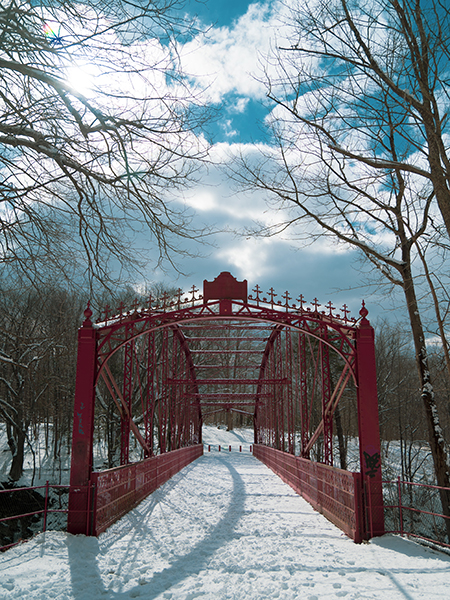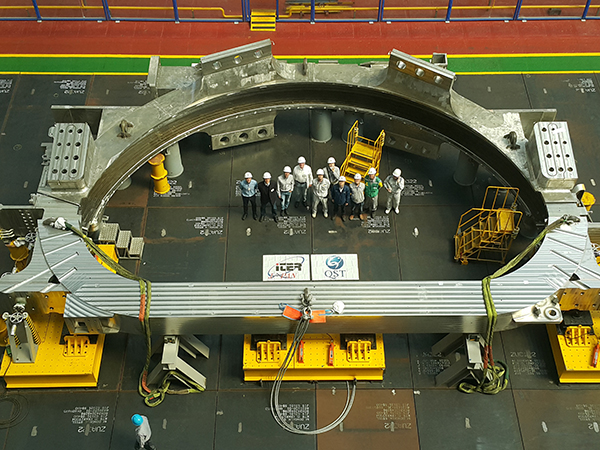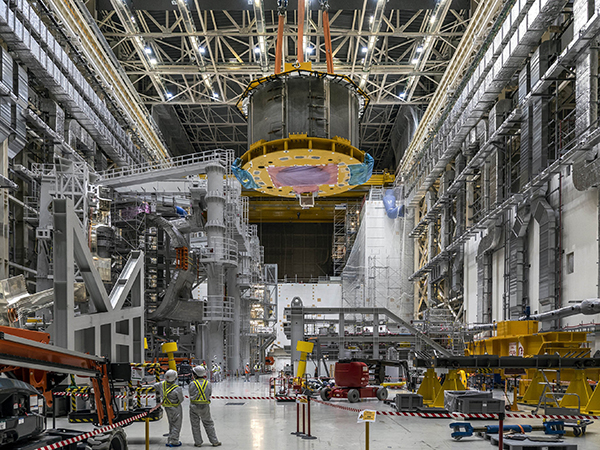ORNL’s cooperative research agreements in Connecticut include Yale University; Nel, a hydrogen production company; and Nth Cycle, developer of electro-extraction of rare metals. Megan O’Connor, founder and CEO of Nth Cycle, is a graduate of the second cohort of ORNL’s Innovation Crossroads entrepreneurial program.

ORNL’s user facilities offer a diverse set of tools for experiments across a range of fields, including biology, materials and energy sciences, physics, engineering, and chemistry. Learn more about ORNL’s user facilities. Data reflects fiscal year 2020 except for scientific publications, which covers 2016–2020. Partner stories reflect work conducted from 2016 to present.

Luvata, which has a US office in Waterbury, delivered miles of superconducting wire for use in the international fusion reactor project knowns at ITER. ITER involves scientists and engineers from 35 countries who combine resources and expertise to solve a grand scientific challenge—to harness fusion energy, the same energy that fuels the sun and stars—to produce a safe, clean, and virtually unlimited source of power for generating electricity. The miles of wire is part of ITER’s toroidal field magnet system made up of 18 giant coils that create a magnetic field to safely contain plasma particles at 150 million degrees Celsius, roughly six times hotter than the sun. The US ITER project is managed by ORNL.
Learn more about fusion research at ORNL.
Listen to ORNL’s Sound of Science podcast episode “Fusion: Energy at the Extreme.”

Under contract to US ITER, Kamatics by Kaman, based in Bloomfield, is providing structural supports for the five-story central solenoid magnet, the heart of the ITER reactor. The support structure, which serves as a support cage for the massive magnet, must be able to withstand up to 6,000 tons of force.
For more information, contact [email protected].
